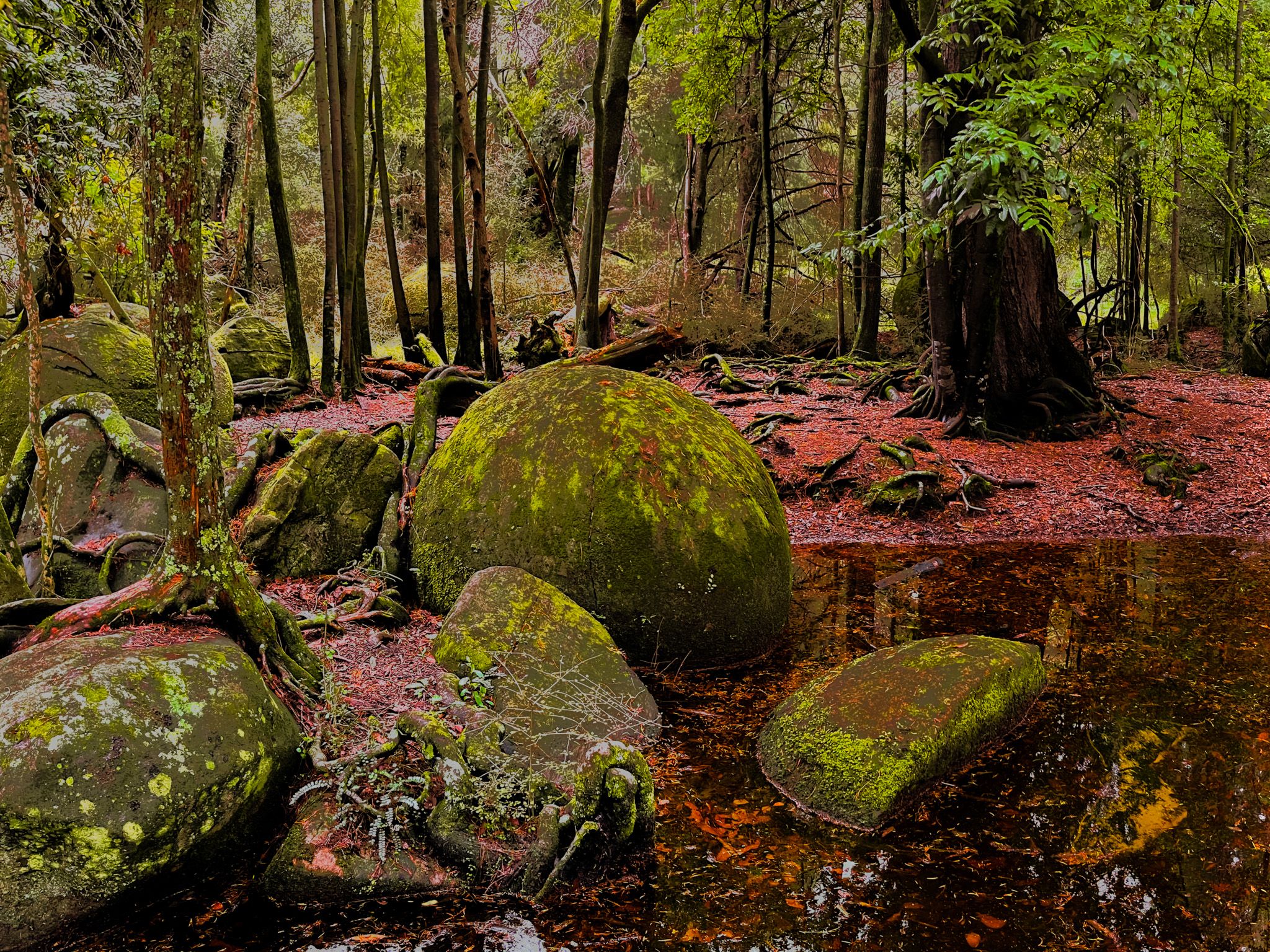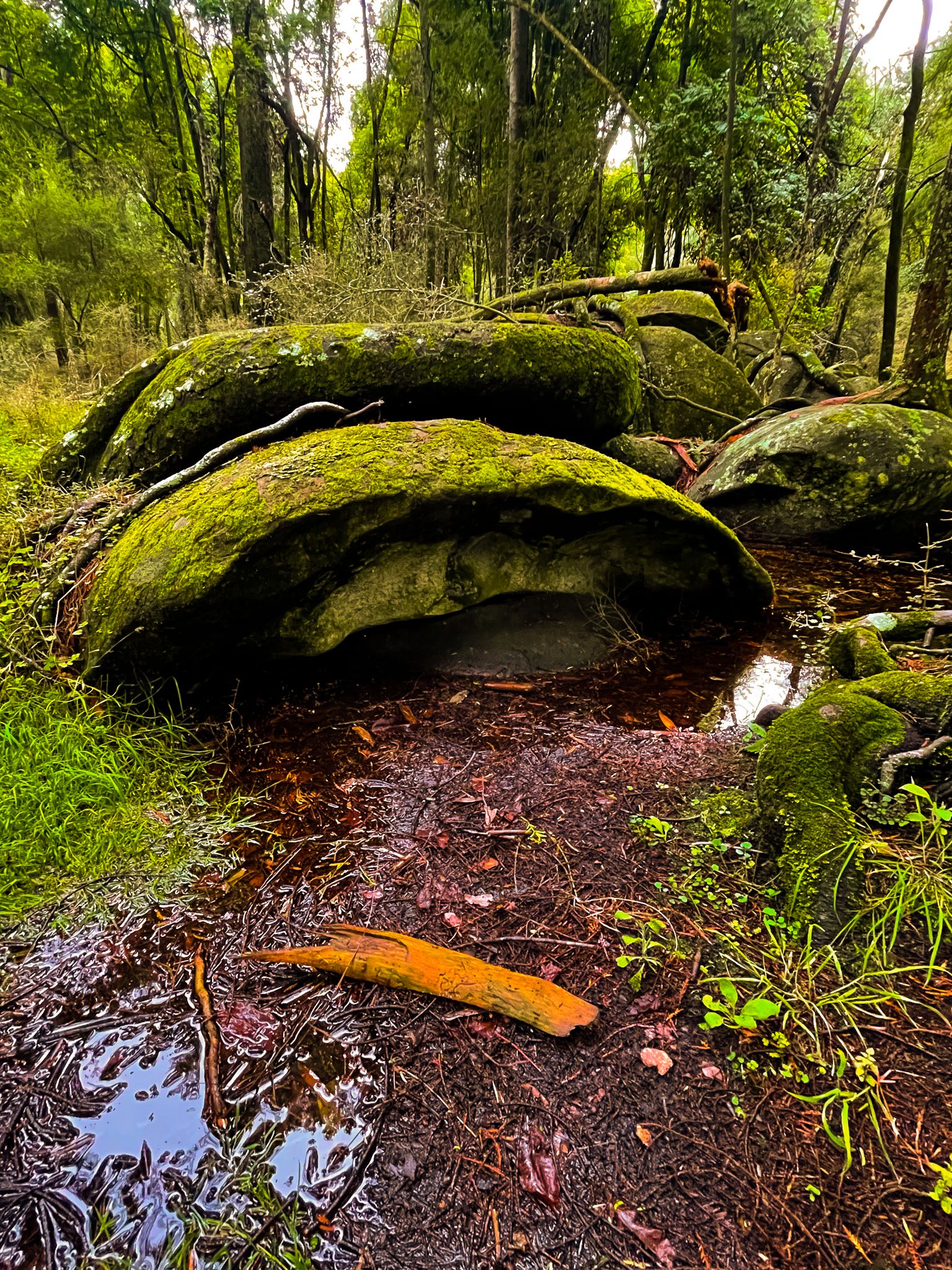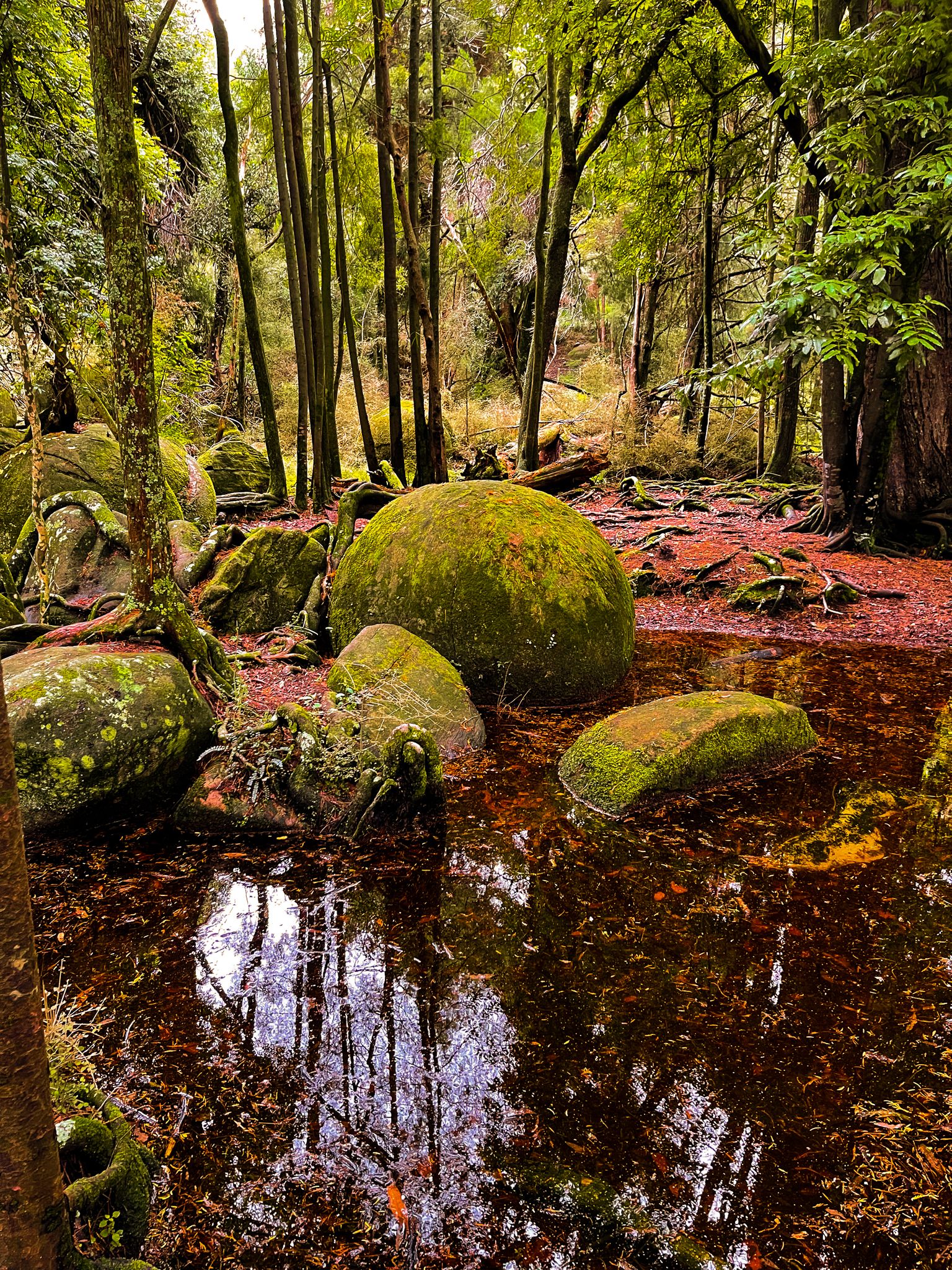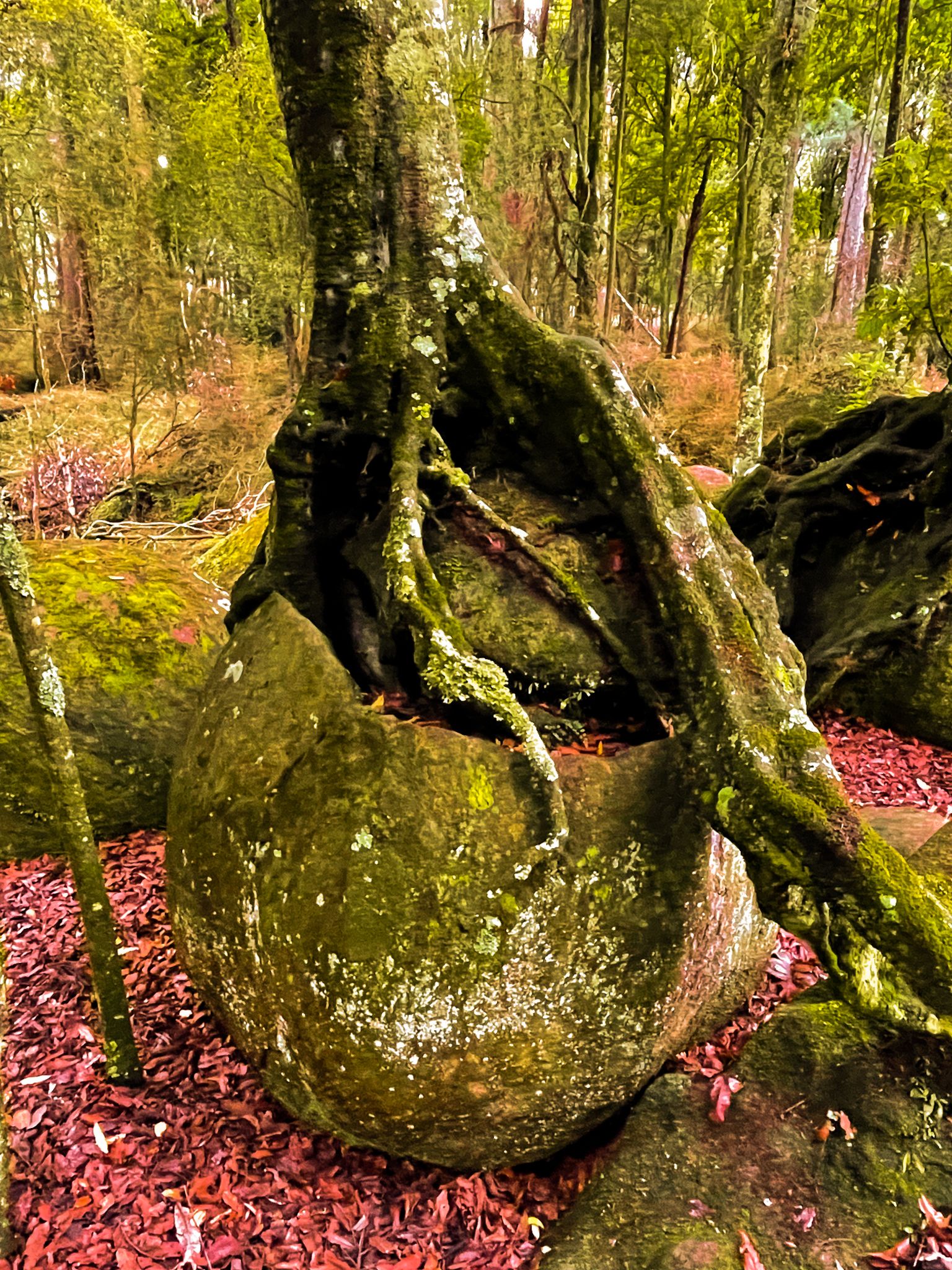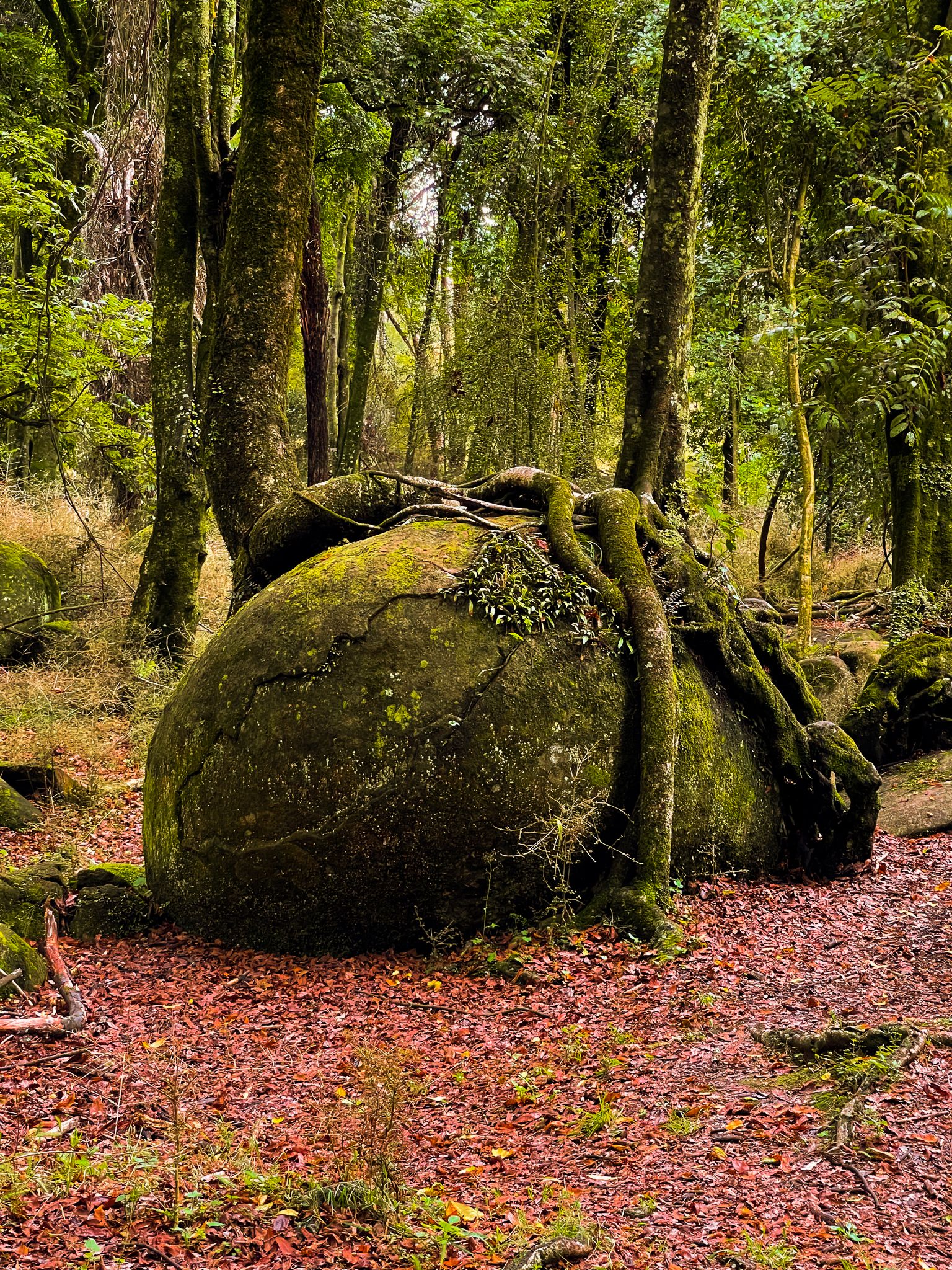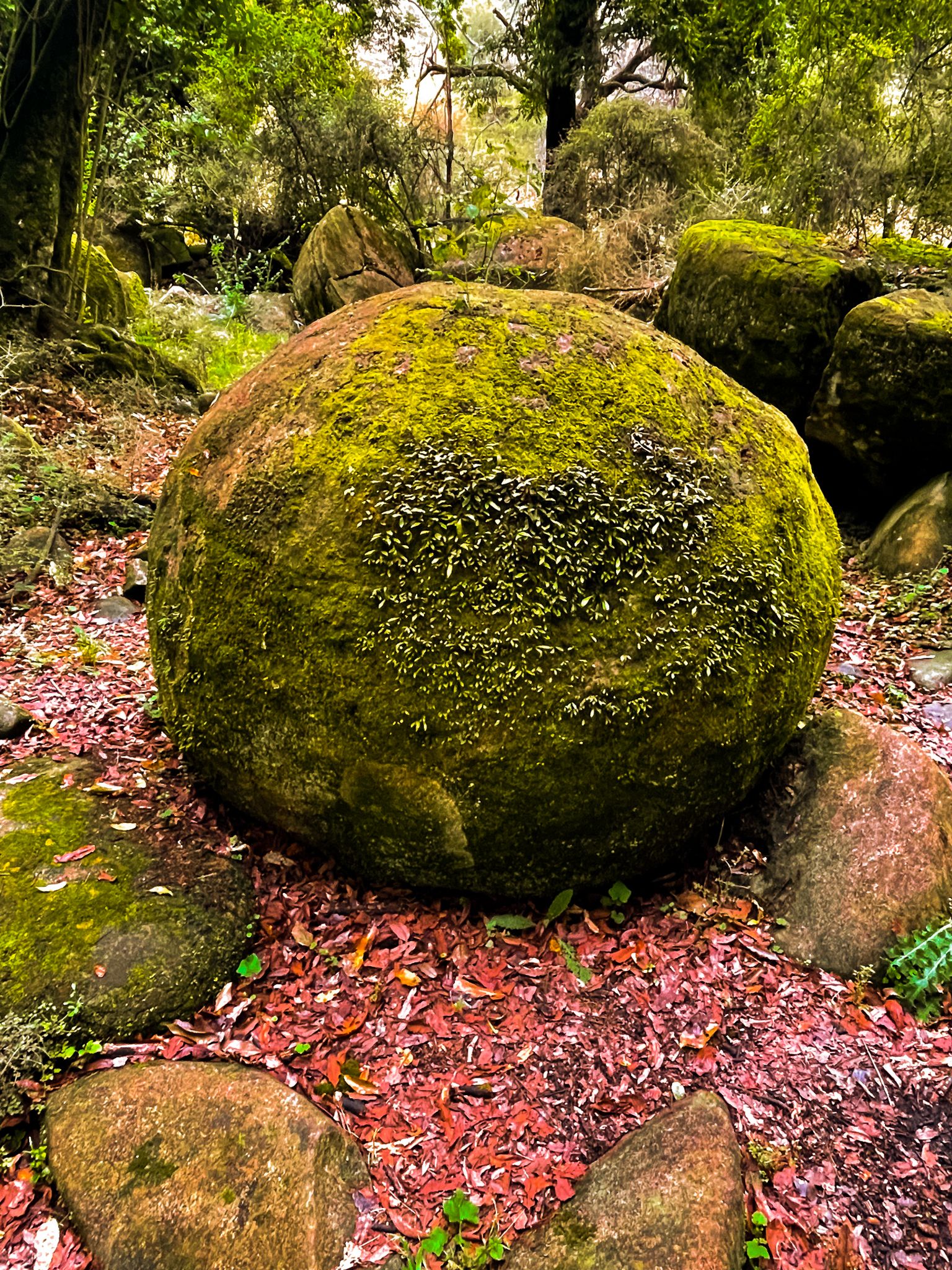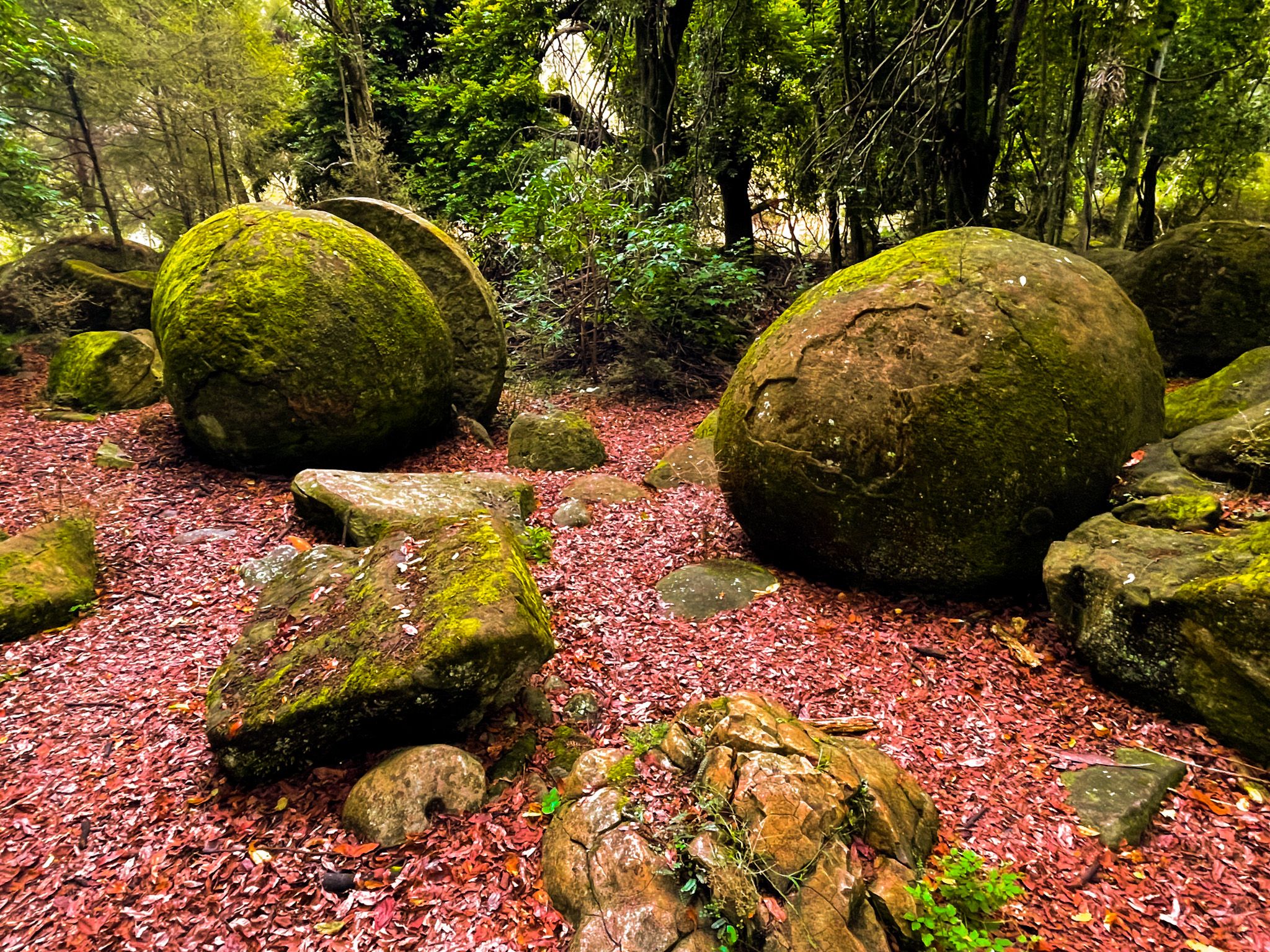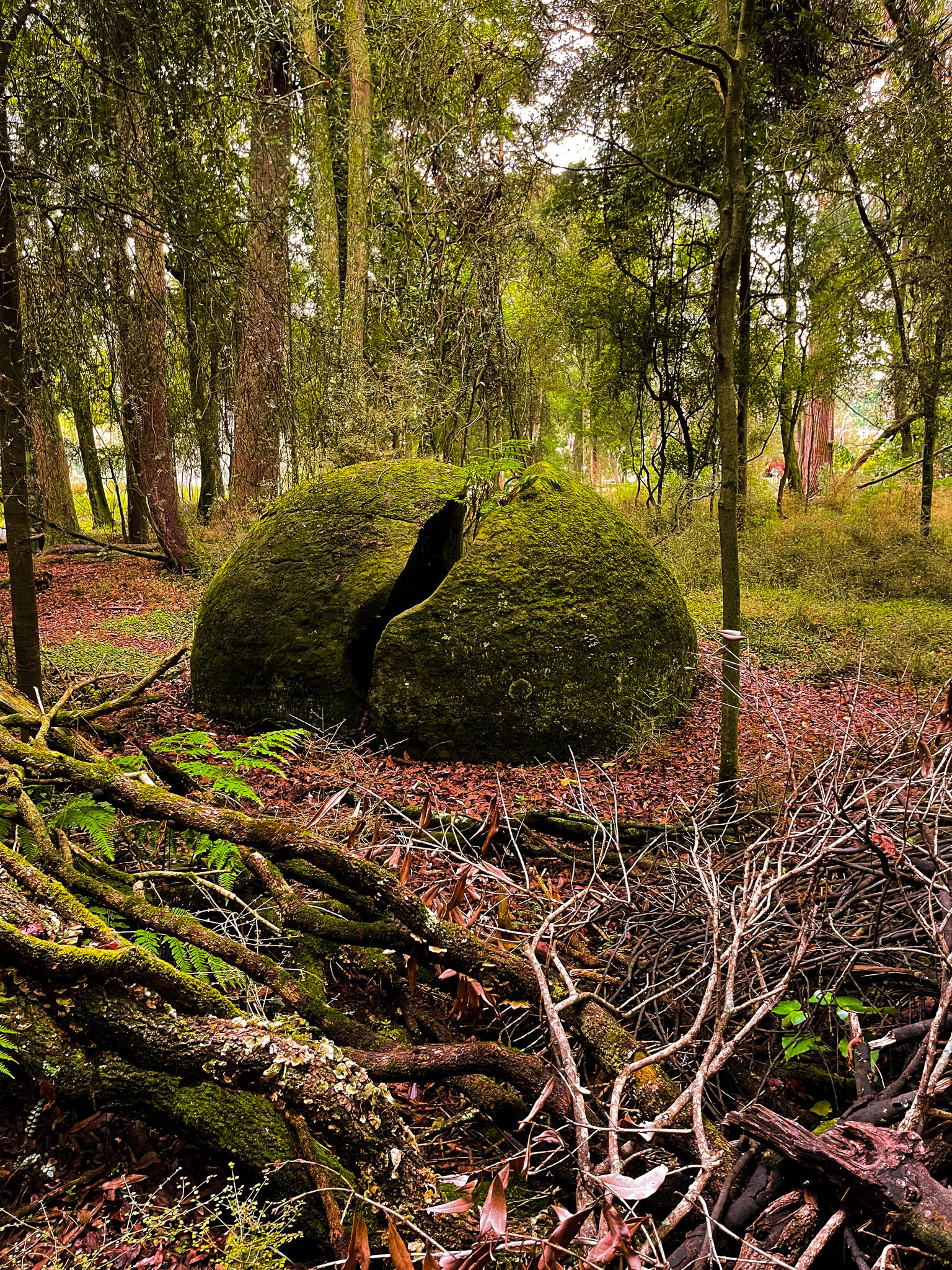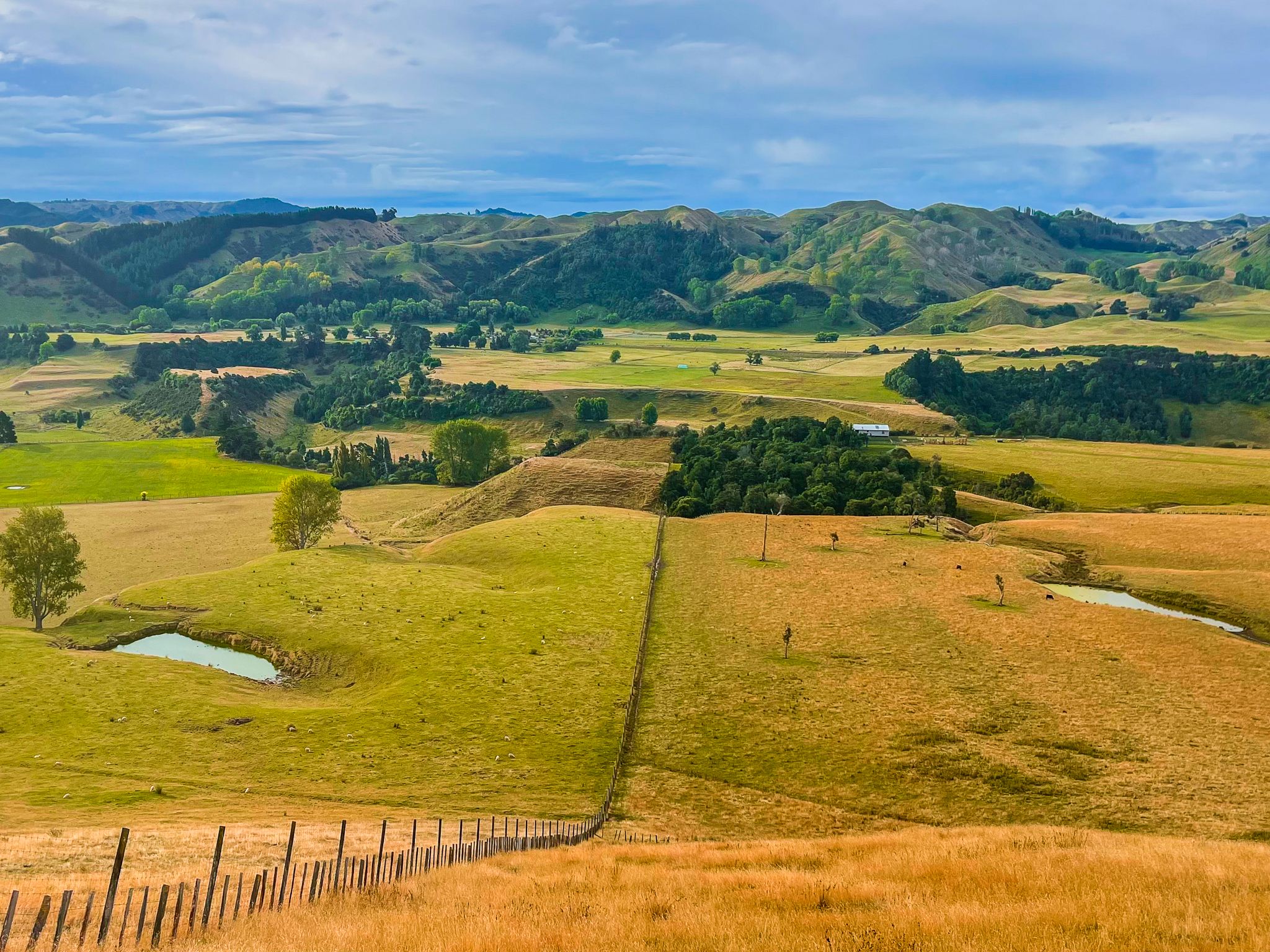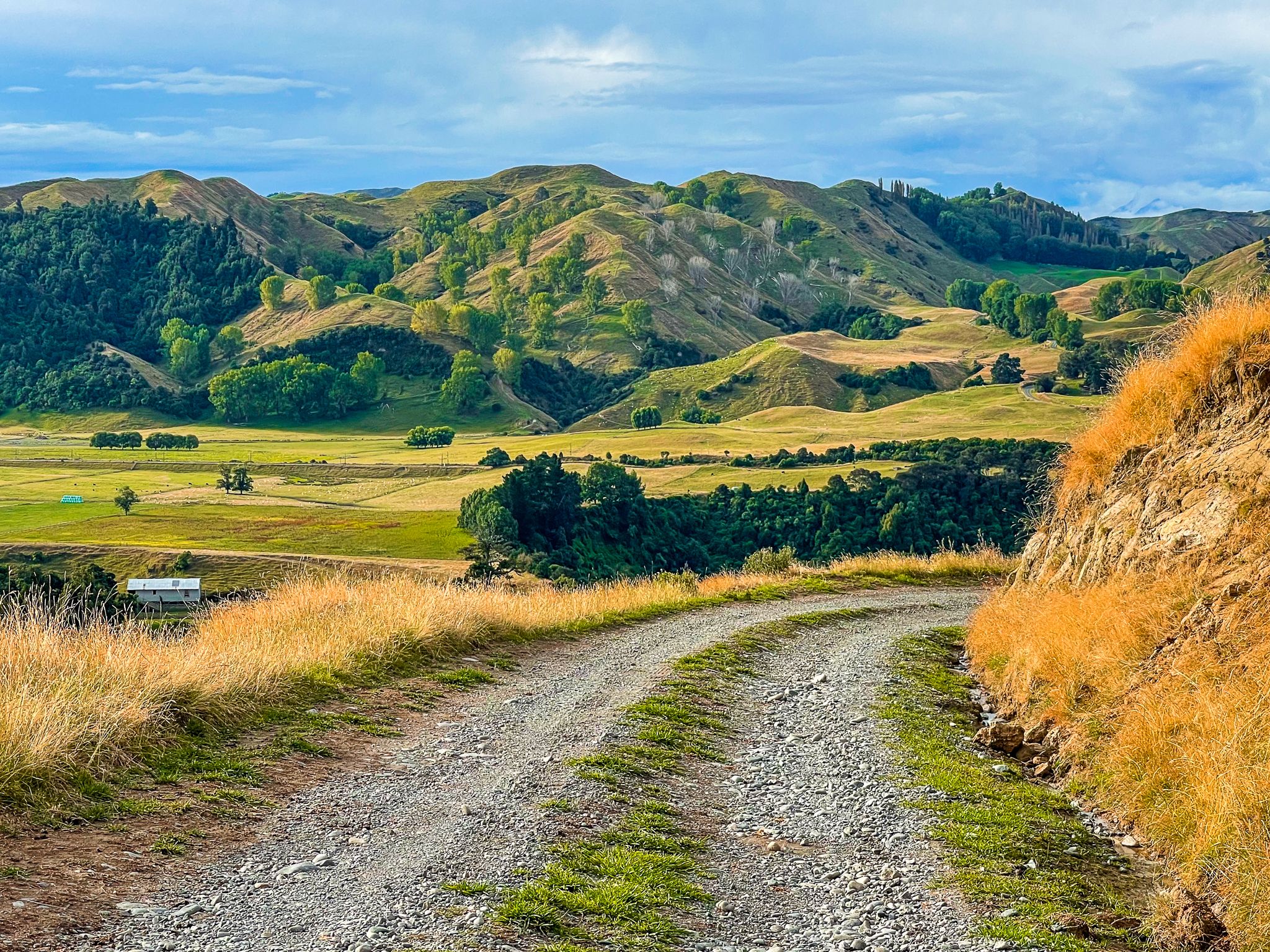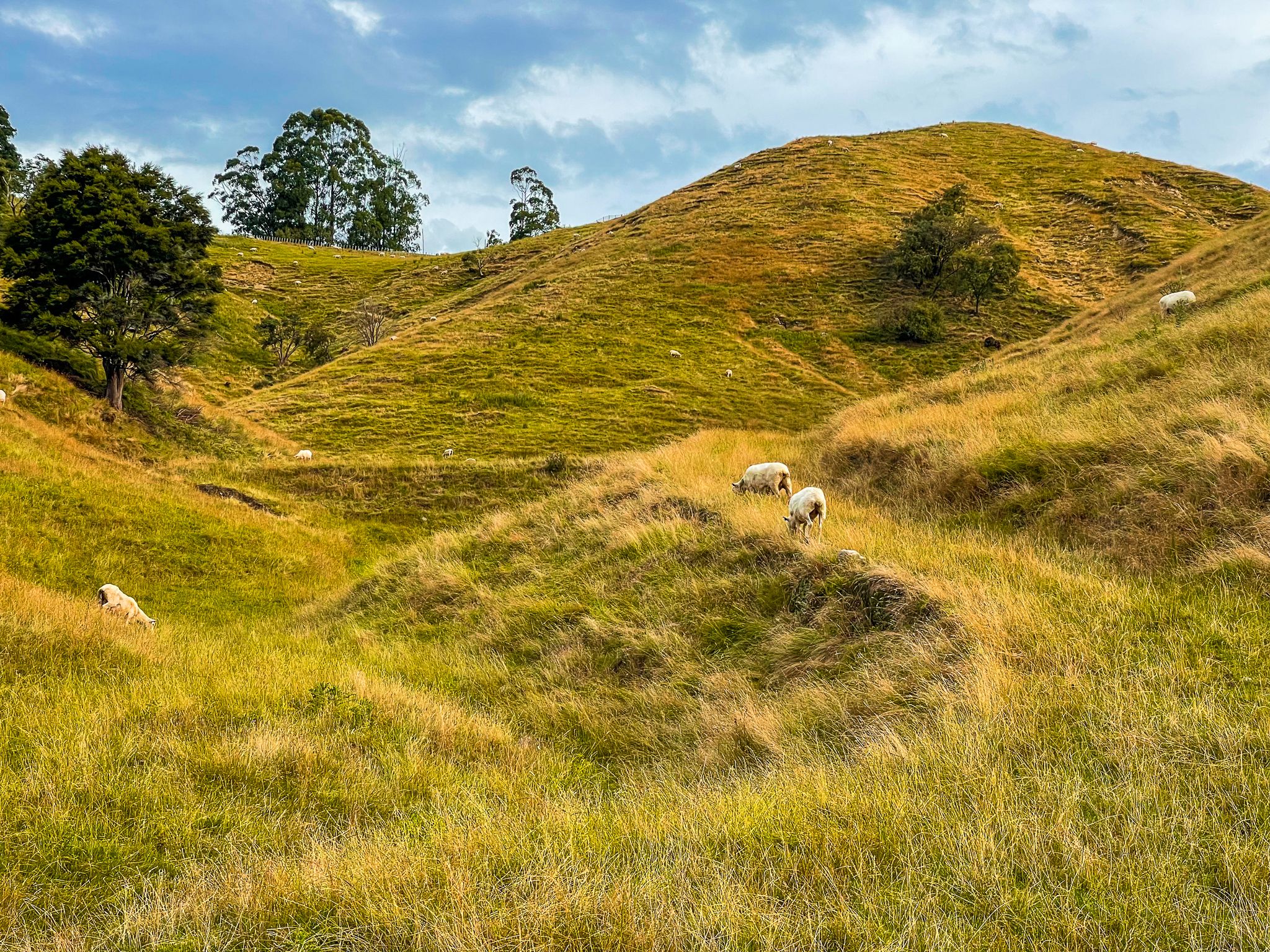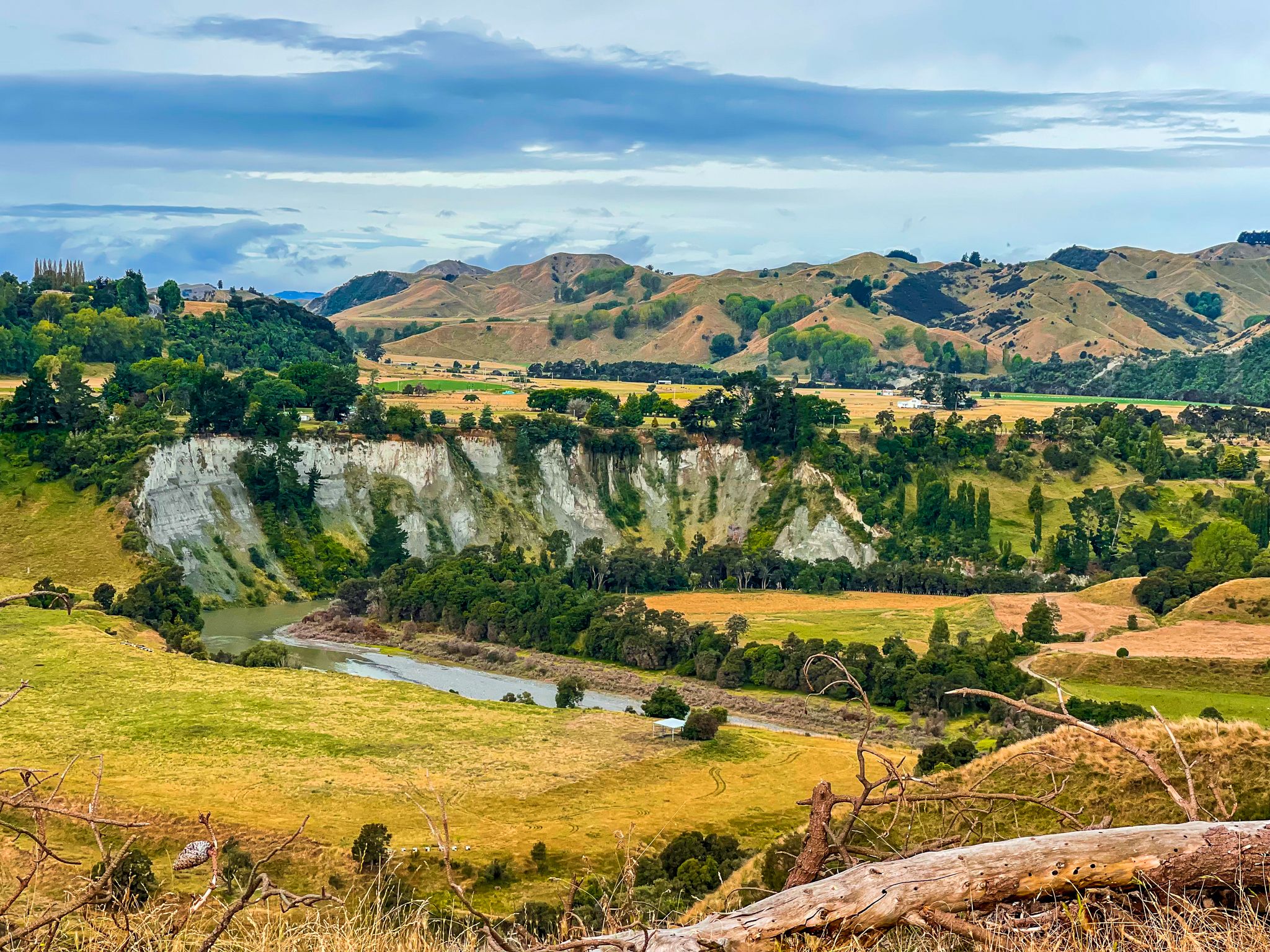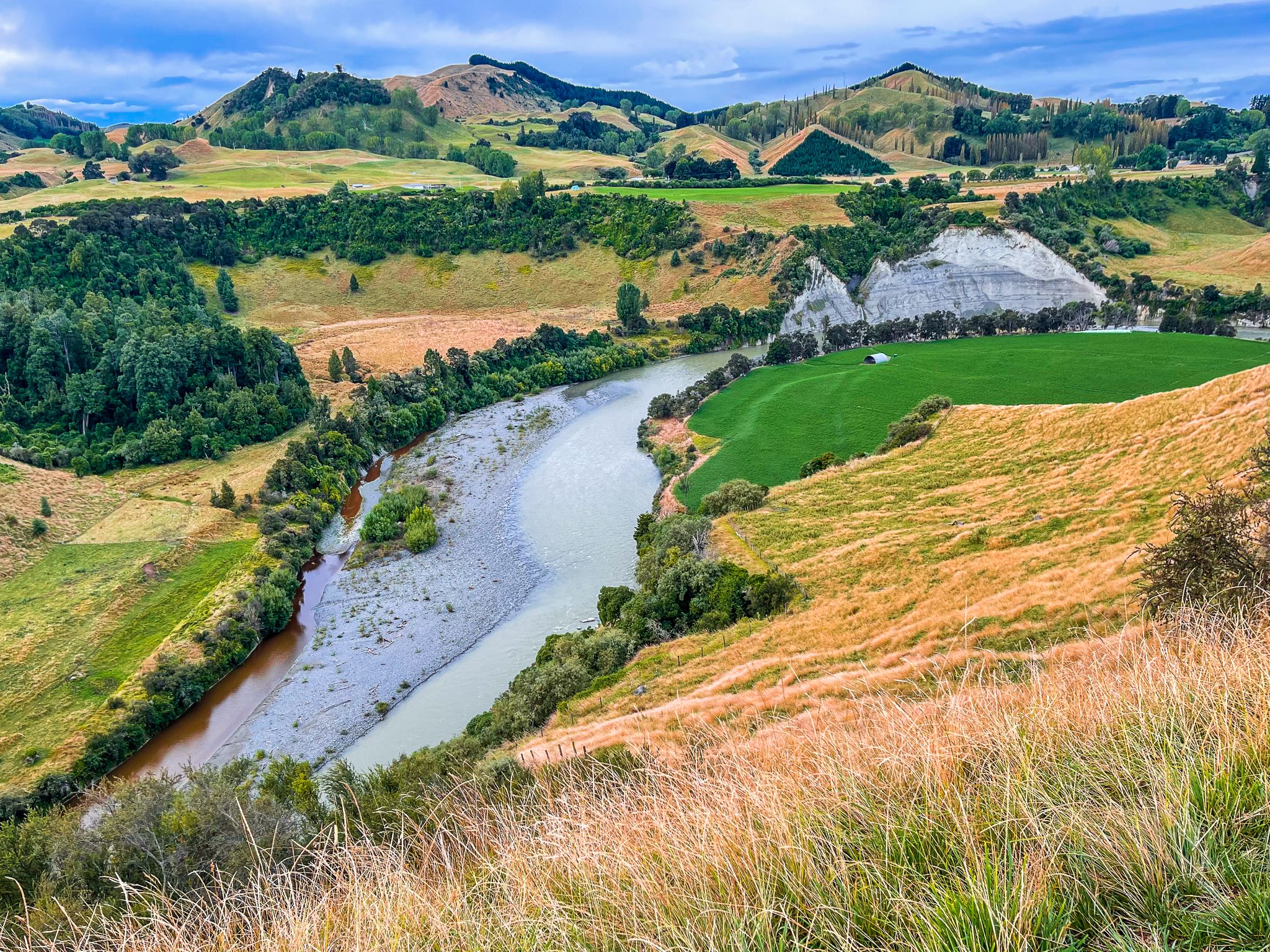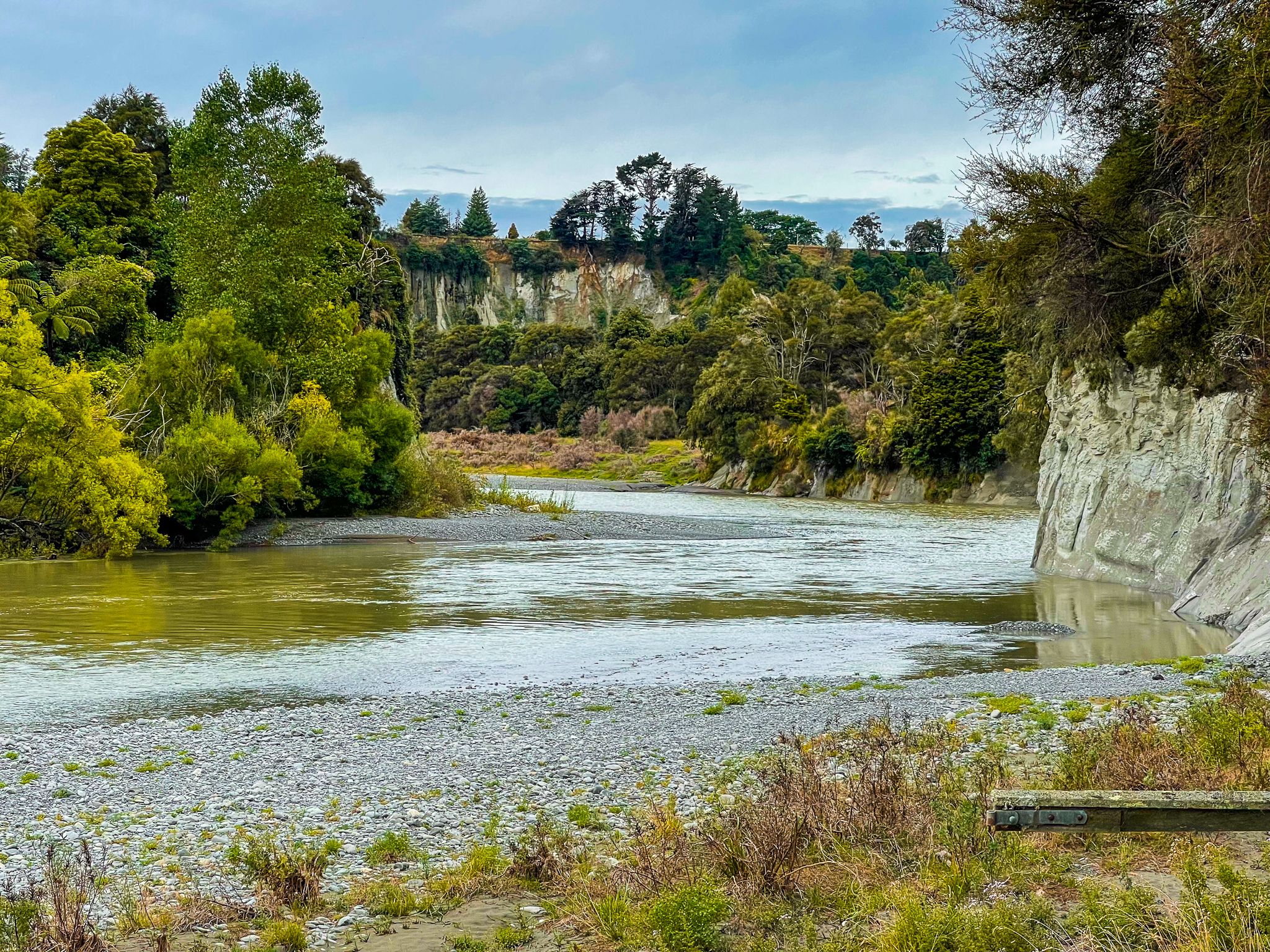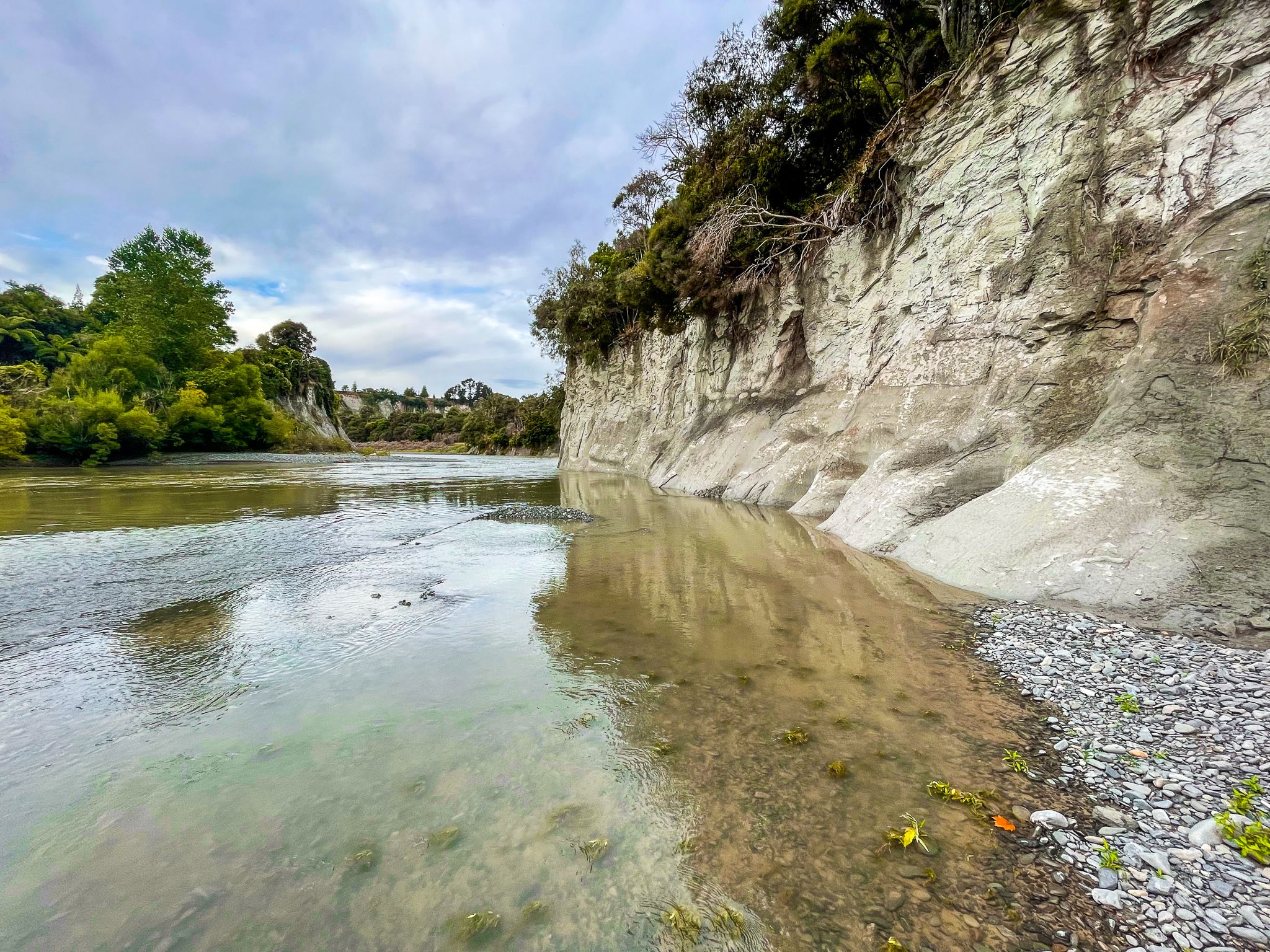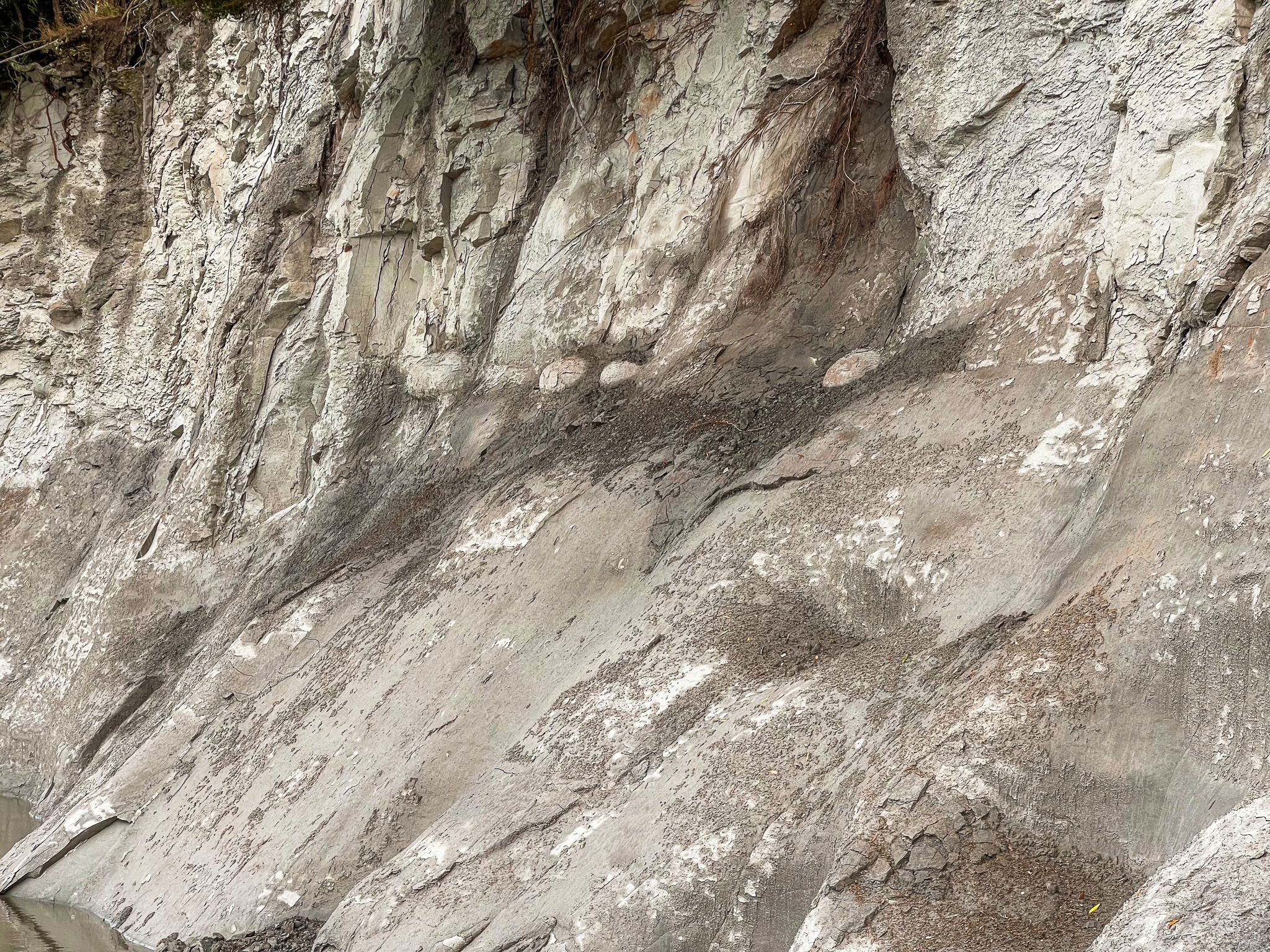Discover the Whitecliffs Boulders
Located in the rural Rangitīkei region, about a 2.5-hour drive north of Wellington, the Whitecliffs Boulders offer a surreal natural experience. Hidden within a small area of native bush above the Rangitīkei River, these large, moss-covered stone spheres create an atmosphere that feels both prehistoric and magical. This remote site is off the usual tourist path, making it a unique destination for those seeking something different.
Geological Wonders in Native Bush
The Whitecliffs Boulders are not found on a coastline or mountain peak but are instead spherical concretions formed over millions of years. The boulders lie between a 100-metre-high cliff and the Rangitīkei River, within a native forest filled with tōtara, kahikatea, and ferns. Some of the boulders are up to 3 metres wide, and many are split or partially buried. Roots and moss cover their surfaces, creating a fantasy-like atmosphere as light filters through the trees.
European settlers first noted these boulders in the late 1800s, but they remained relatively unknown until the farm provided access to visitors in recent decades. The surrounding area features classic Rangitīkei hill country, with layered mudstone cliffs and rolling paddocks above the river. The forest where the boulders are located provides a cool, shaded retreat on hot days.
Exploring the Boulders
To reach the Whitecliffs Boulders, start at a private farm off Peka Road, south of Mangaweka. Follow a marked farm track and cross a paddock to reach a cliff-top view overlooking the river. A short walk through another paddock leads to a steep, stony 600-metre farm track descending over 100 metres to the river. Cross the beach next to the river to find the forest area containing the boulders.
You can explore the boulder zone at your leisure, taking photos or simply enjoying the atmosphere. It's common to have the area to yourself, especially on weekdays. The return trip is about 3 km and typically takes 1 to 1.5 hours, depending on your pace.
The site is on private land, and the owners manage access. A small entry fee is payable via honesty box or online, contributing to track maintenance. There are no services at the site, so come prepared.
Formation of the Spherical Concretions
The boulders are known as "spherical concretions," formed in soft marine mudstone (papa) around 2 to 3 million years ago. Calcium carbonate cemented grains of sand and shell fragments into these shapes, which were later exposed as the surrounding mudstone eroded. This concretion process is similar to that of the Moeraki Boulders in North Otago, the Koutu Boulders in the Hokianga, and the Ward Boulders in Marlborough. However, unlike these others, the Whitecliffs Boulders are located in a forest above a river rather than on a beach.
Getting to Whitecliffs Boulders
To reach the Whitecliffs Boulders from Wellington, take State Highway 1 north. After about 2.5 hours, turn right onto Otara Road, just south of Mangaweka. Continue for 2 km, then turn onto gravel Peka Road and follow the signs to Whitecliffs Boulders. This road is winding and narrow in places. At Whitecliffs, go through the gate and drive down to the car park next to the information shed.
Nearby, the Manawatū Scenic Route offers a journey through river-carved landscapes and remnants of ancient forests. This route can be explored over 1 to 2 days, with stops at the Manawatū Regional Park, Ruahine Road and Ruahine Dress Circle, Iron Gates Gorge, and Totara Reserve.
